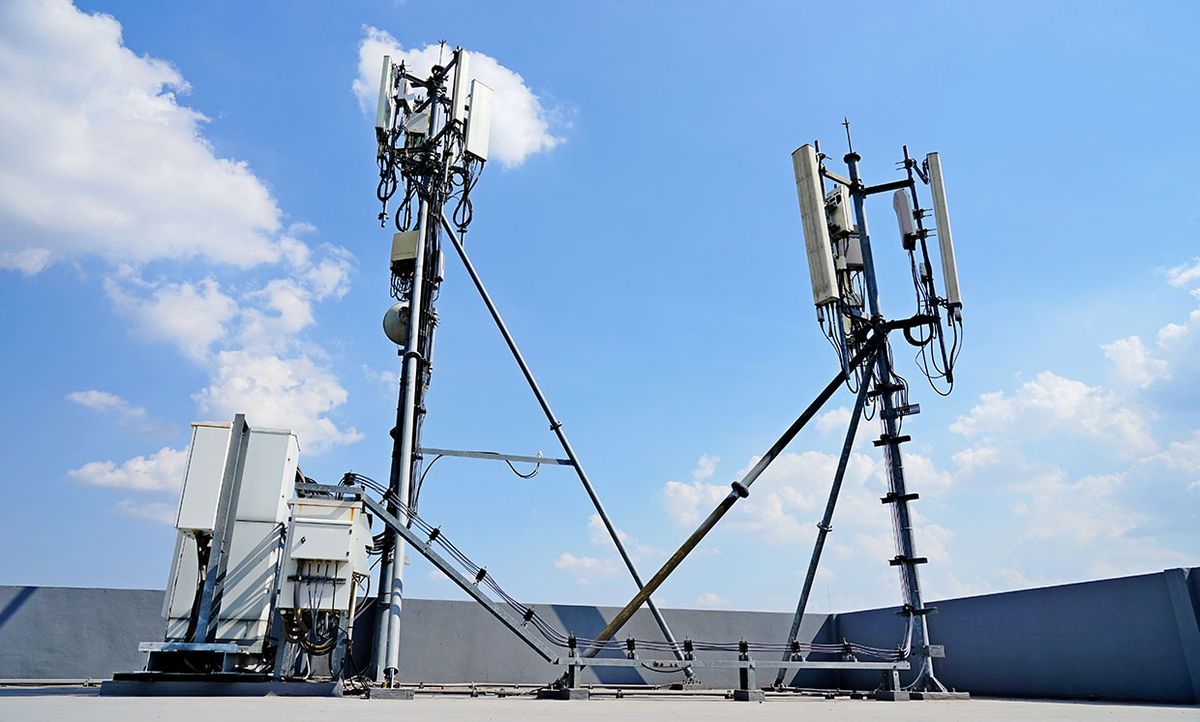The path to rolling out new 5G wireless service in the United States may have gotten a bit smoother. This week, the Federal Communications Commission clarified some of the rules for approving new 5G equipment installations, although two dissenting commissioners said the FCC should have waited until local governments didn’t have a pandemic and demonstrations to deal with.
The commission voted 3-2 on Tuesday to clarify rules for streamlined approval that it had written in 2014. The two Democrats on the board voted no.
Brendan Carr, the Republican commissioner who led the charge for the changes, said in a prepared statement that the streamlined rules help bring high-speed wireless service to more people by making it easier to install new equipment on existing cell towers, which is a faster process than getting approval for and building a brand new tower. “By bringing greater clarity to our rules, our decision reduces disagreements between providers and governments. And it separates the wheat from the chaff—the more difficult approval decisions, such as whether and how to construct a new tower, from the easier ones, such as whether to allow an existing tower to be upgraded,” he wrote.
The streamlining rules require local governments to finish their approval process within 60 days of a provider’s application. The clarification voted in on Tuesday make it clear that the clock starts ticking when a provider takes the first procedural step required by the local government and states in writing why the project qualifies for the expedited review. Some of the steps involved in approval had not been triggering the clock, but, Carr wrote, “60 days means 60 days.”
The vote also clarifies what is meant by “equipment boxes.” The rules place a limit of four new equipment boxes per request. Some local governments were arguing that a single small component with a protective cover, such as a remote radio unit, radio transceiver, amplifier, or another device mounted behind an antenna, counted as “equipment boxes.” That would limit the amount of new equipment that can be installed quickly, particularly for 5G service, which requires new equipment to broadcast over new frequencies.
The FCC clarified, however, that including single components in the “equipment box” category was a misreading of the rules. Only a container that can hold several devices is an equipment box.
In some cases, towers were required to be disguised to look like trees or clock towers. The FCC clarified that additional equipment does not qualify for expedited review if a reasonable person would think that the addition makes the cell tower no longer look like a tree or clock tower.
The two dissenting commissioners said that the FCC should not have voted on this now, when local governments are under extraordinary stress and would not have had a chance to review and comment on the final version of these rules. They say local governments are busy responding to the coronavirus pandemic, and budgets are under stress because of a drop-off in tax revenues due to the sudden economic downturn. Lately, much of their attention is also focused on public protests over racial injustice.
Geoffrey Starks, one of the dissenters, said that the version of the rules the FCC voted on was released only the day before the vote. “Given the unusual circumstances and the extraordinary efforts by local governments to continue the timely processing of applications, I’m deeply disappointed that we rejected the reasonable request for more time to review the draft order submitted on behalf of local governments across the country and supported by 24 members of Congress,” he wrote.
Neil Savage is a freelance science and technology writer based in Lowell, Mass., and a frequent contributor to IEEE Spectrum. His topics of interest include photonics, physics, computing, materials science, and semiconductors. His most recent article, “Tiny Satellites Could Distribute Quantum Keys,” describes an experiment in which cryptographic keys were distributed from satellites released from the International Space Station. He serves on the steering committee of New England Science Writers.



